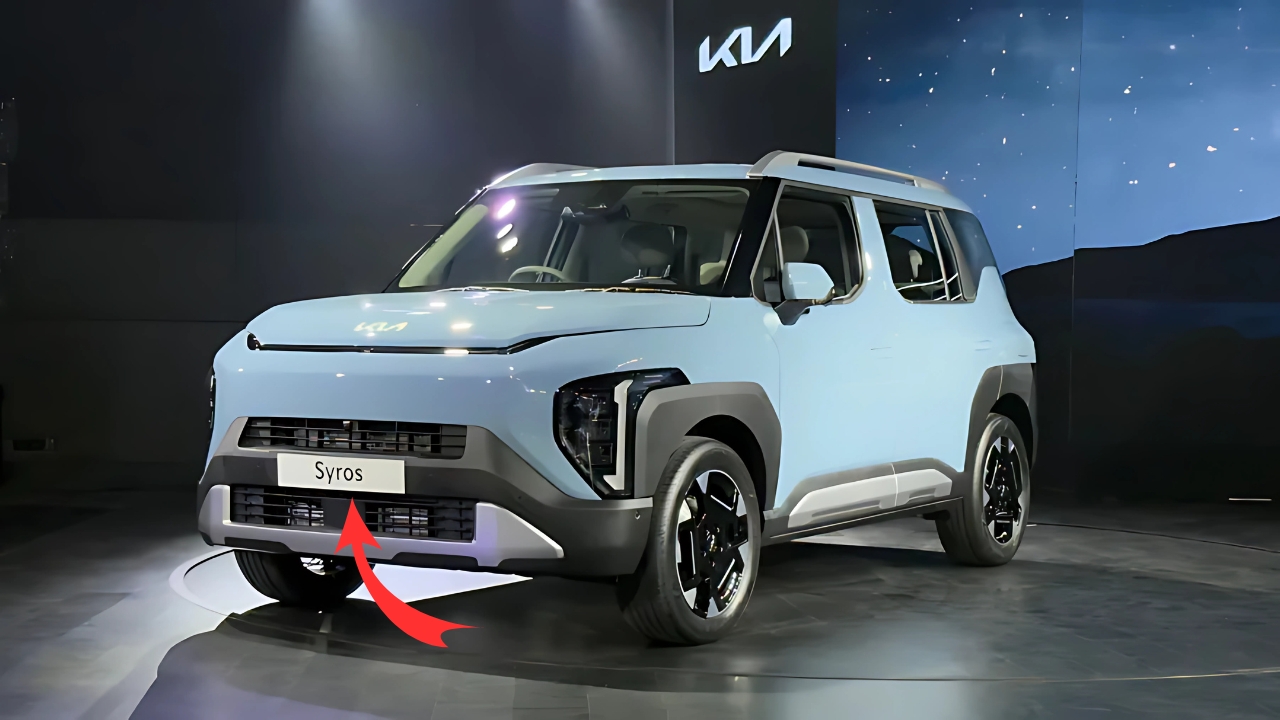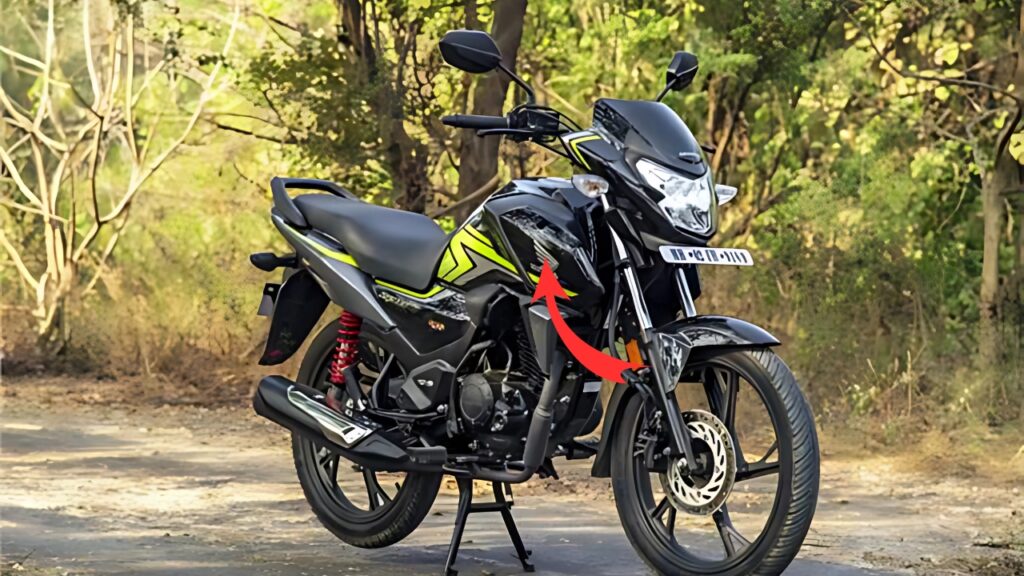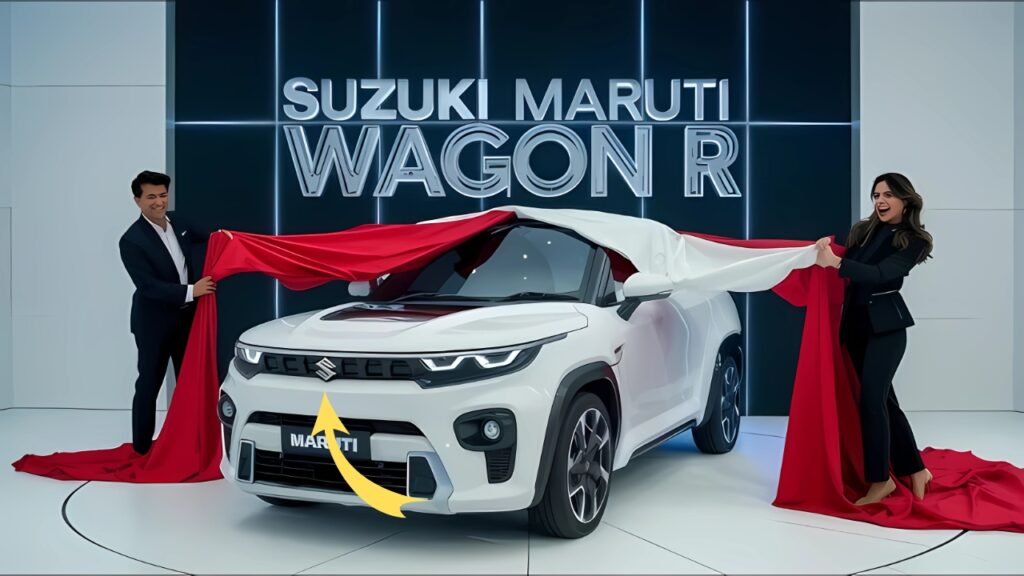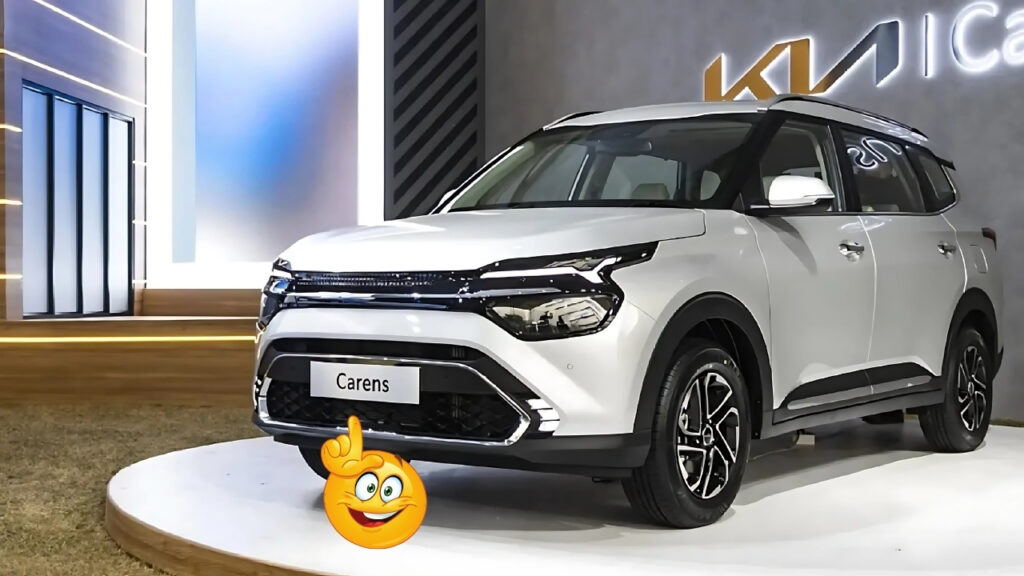Kia Syros: The Syros is Kia’s nod to a new reality in the premium automotive landscape. With luxury sedan segments shrinking and crossovers still on the rise, the company saw an opportunity to build a stronger presence in higher-margin segments where their reputation for value and unique design benefits could hold a lot of sway.
While previous Kia entries such as the Telluride and Sorento have pushed into near-premium territory, the Syros is a more conscious move toward the company taking on established luxury brands.
What’s particularly interesting about this approach is how it differs from the one embraced by Kia’s corporate sibling, Hyundai, which split off its premium offerings into the Genesis nameplate.
There was an opportunity to build a new name, but instead Kia has elevated selected models within the current brand architecture and it poses some great opportunities, as well as challenges in terms of market positioning.
That feels especially appropriate considering the approach lets Kia draw on the substantial goodwill it’s accumulated thanks to successful models in a multitude of segments, but which may also lead to skepticism from buyers who find themselves unable to see the brand in premium terms.
Table of Contents
Kia Syros→ Expanding Design Language Boldly

The Syros exterior design is the boldest execution yet of Kia’s new design language. Retaining some familiar cues, such as the “tiger nose” grille concept, the execution comparatively becomes a less extreme form with defined detail and dimensional complexity that gives it visual interest from different angles.
The front fascia gets slim, jewel-range LED headlamps linked by a light bar for a distinctive night-time signature, and the main lighting elements themselves are positioned lower in their own set of housings that double as air intakes —
a layout that seems to draw on some European premium designs but does keep a true-to-Kia character.
One of the most unique elements of the Syros design is its fastback-inspired roofline, which lends a sportier shape than on most crossovers without sacrificing interior headroom thanks to clever packaging.
The shoulder line kicks up gradually at the back, introducing subtle tension in the sheetmetal that hints at motion, even when still, while blacked-out pillars give a floating roof effect that reduces visual mass.
Interior design is just as bold, with dashboard architecture dominated by a curvaceous display panel that what integrates both driver instrumentation and infotainment functions.
The smoking controls, for example, are physical, a good move from Kia, which prefers to integrate technology without looking to a future of a completely touchscreen-based interface.
Material selections speak to a special focus around appearance and tactile quality, with open-pore wood, brushed aluminum and responsibly sourced leather giving a premium feeling context that implies it’s not just copying proven luxury players.
Engineered for Distinction
The Syros is built on a variation of the group’s N3 platform, adapted to provide the sort of ride quality and noise insulation one might expect from more premium segments.
The wheelbase is around 2,900mm long, providing ample passenger space, and the wider track adds stability and presence.
Suspension has multi-link setups on both axles, in contrast to the torsion beam rear suspensions in more mainstream Kias.
This is indicative of Kia taking an approach that caters to different geographical markets. For electrification-focused markets, the Syros will be equipped with an advanced plug-in hybrid system integrating a 1.6-liter turbocharged 4-cylinder engine with separate electric motors driving both axles, enabling electric all-wheel drive and an estimated 65 kilometers of electric range.
Markets with less developed charging infrastructure still get a 2.5-liter turbocharged choice, but making around 290 hp, delivered to an eight-speed dual-clutch.
Notably, some advanced chassis technologies that never made it into most Kia products before. The electronically controlled suspension with road preview scans the road for surface issues ahead of the car’s current position using cameras and prepares the dampers in advance, technology previously limited to high-end European luxury sedans.
And when paired with acoustic glass and plenty of sound deadening, gives the kind of isolated cabin experience you’d expect from the premium segments.
New research for GRA on Tech Integration: workplace innovation
Kia’s Syros technology set proves the company understands that tech for tech’s sake only holds validation if it makes the ownership experience better.
Both the graphics and menu structures are well organized to put commonly used functions first, and the augmented reality navigation system overlays directional content on a live camera feed to assist in wayfinding in complex environments.
As with similar systems, driver assistance features include expected functions for adaptive cruise control and lane keeping, supplement with machine learning capabilities that evolve and adapt to an individual driver over time.
More unique is the remote smart parking assist that enables the vehicle to be guided into cramped spots while the driver stands outside—a nifty little feature in crowded urban areas where there’s limited space to open a car door.
Particularly noteworthy is its implementation of digital key. The benefits stretch beyond simply using a smartphone instead of a physical key, as the system enables fine-grained access permissions for multiple users, vehicle status queries and geo-fencing, helpful for families sharing vehicles or businesses operating small fleets.
Kia Syros
First impressions of the Syros underscore the challenges and opportunities Kia faces in premium segments.
The car follows strong professional reviews of its distinct design, feature content, and value proposition versus mainstream premium rivals.
Consumer acclimation has been strongest in marketing with which Kia has built up stronger brand cred via vehicles like the Telluride and Stinger, while traditional luxury markets in Europe have been more resistant to the product’s objective merits.
Kia describes the Syros as “more than just another model,” which is sure to indicate how important this car will be for the brand’s future direction and goals.
The sizeable investment into developing premium-grade technologies, materials, and manufacturing capabilities will be trickled through to future models across multiple segments, raising the entire Kia lineup rather than producing a standalone premium offering.
This contrasts sharply with some attackers that have established separate luxury houses in their own right, with the Softroader following a much more upmarket placement similar to VW’s elevation of vehicles such as the Arteon and Touareg to near-premium status.
Whether this approach succeeds will rest on Kia’s ability to articulate the nature of the Syros, as well as a longer-term evolution of perceptions around the brand as a whole, which normally takes more than a generation of product.
In an automotive market that is rapidly shifting towards electrification and more technology integration, the Syros allows Kia to better compete in higher-margin segments that are able to recoup the huge development bills these transitions require.
If, when all is said and done, it gets the sort of market acceptance the company hopes, the model’s development has already accelerated Kia’s technical capabilities and design evolution in ways that will improve the brand’s wider product for years to come.





